It’s been over two months since Netflix splashed our screens with the elegance and opulence of period drama Bridgerton. Created by Chris Van Dusen and based on the books by Julia Quinn, the story follows the lives of high society individuals, particularly young female debutantes, as they start their journey into adulthood. As well as a blooming love story between the Duke of Hastings (Regé-Jean Page) and Daphne Bridgerton (Phoebe Dynevor), the story unfolds to portray the lives and hardships faced by women of the Regency era. It is a beautiful representation of women’s strength even at a time when they were hugely undervalued.
The Regency era bolstered male ambition and repressed females into a destiny of marriage and motherhood…and nothing more. As narrator Lady Whistledown (Julie Andrews) puts it, the young debutantes are “raised and trained … since birth” to avoid the “dreadful, dismal condition known as the spinster” and secure a partner. This – to find a match – is the sole objective for our female characters whose lives will be spent in adherence to their male counterparts.
The first episode portrays that women would make themselves uncomfortable, in pain, to get noticed by a man. Leading lady Daphne Bridgerton (Phoebe Dynevor) is shown bleeding from her back as she squeezes into a corset. Unfortunately, this idea of aspiring to so-called perfection and altering yourself to fit society’s expectations is something still very inherent today. As Dynevor herself said in an article by Shondaland, “She goes to all these balls, she’s perfectly quaffed, she has to maintain the same energy and the same demeanour every single day — it’s so similar to social media.” Striving for perfection and some impossible shape and appearance is unhealthy. The women of the Regency era faced the same insecurities and pressure that is talked about so much today.
But the pressure might even have been even greater then, as for women, attracting a man and marrying to become a mother was the only conceivable goal. I can only imagine that the pressure and immense strain for them to be ‘perfect’ was debilitating.
Doors were closed in terms of women having careers and becoming anything other than housewives, which outrages perhaps the most recognisable feminist of the show, Eloise Bridgerton (Claudia Jessie). In an emotional and thought-provoking scene with her brother, she articulates her wanting more out of life and the unjustness of men having endless opportunity, while she has very little to aspire to. Eloise wants to go to university and strives for a life where her intelligent brain can be put to good use. She also shows very little interest in becoming a debutante and presenting herself to society to find a husband. This push-back to the status quo and wanting equality for men and women is reminiscent of modern-day feminism.
But Eloise is not the only female whose ideas object to social conformities and who shows admirable strength. As the online article from Fansided explains, “Bridgerton presents a group of women who demonstrate that there is no one correct way to be a strong female character”. Leading lady, Daphne Bridgeton, stands up for herself when brother Anthony (Johnathon Bailey) corners her into an engagement with someone she does not love. Anthony is the man of the Bridgerton household since their father’s passing, so he has the right to make decisions for her. Daphne’s courage and strength are physically articulated when she punches Nigel Berbrooke (Jamie Beamish) in the face. This self-defence shows her formidable spirit and respect for herself.
Leading lady or not, Daphne is not the only female character to display strength, not in keeping with what is expected of them. Marina Thompson (Ruby Barker), and her unwillingness to marry if not for love, when she is pregnant, stands strong in a situation where it would have been easier for her to give in. Lady Danbury (Adjoa Andoh), Lady Bridgerton (Ruth Gemmell) and the Queen (Golda Rosheuvel) are also powerful characters of resilience and determination.
It’s not just inequality between men and women explored in Bridgerton but the difference between how upper-class women are treated compared to lower-class women. Character Siena Rosso (Sabrina Bartlett) represents a female who is not from high society and is treated with distinct differences. To give an example, while Anthony fears for his sister’s reputation even being alone with another man, he is quite happy to share sexual intimacy with Siena, not caring for her reputation. Siena is discarded by Anthony when it is convenient to him, leaving her after his promises to always protect her. He uses Siena as a sexual object which is unfair and cruel.
Sexual relations are a big part of the show. The understanding that high-class women were very sheltered and unprepared when it came to sex, compared to men, is another clear inequality from the Regency era. That, and the idea that men are almost expected to have sex before marriage, is overwhelmingly differing to a woman who is told to remain a virgin until her wedding day.
Bridgerton encapsulates the imbalance and gender inequality of the Regency era and gives a voice to all the women of that time who endured this. The portrayal of women is exciting and creates positive female role models for viewers. I anticipate that when the next series arrives, we will hear more from the strong, dynamic characters who challenge sexism and aren’t afraid to stand up for themselves.

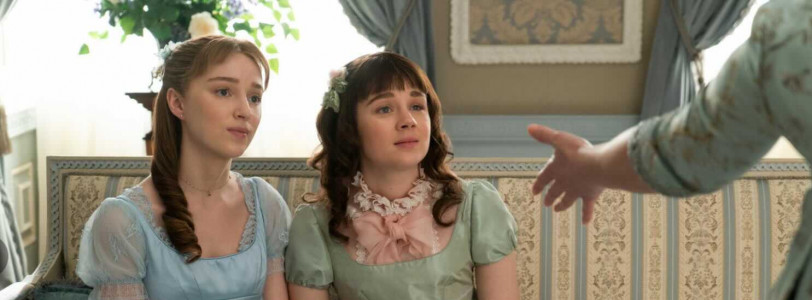

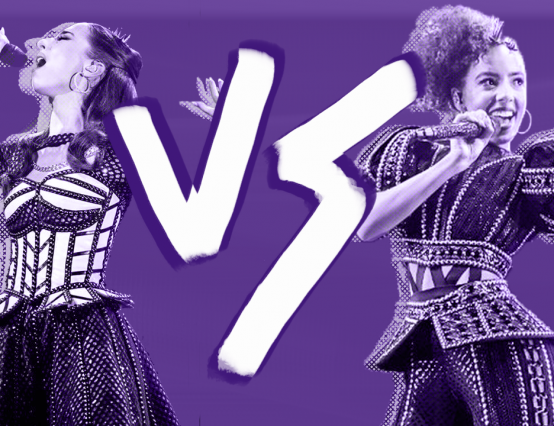
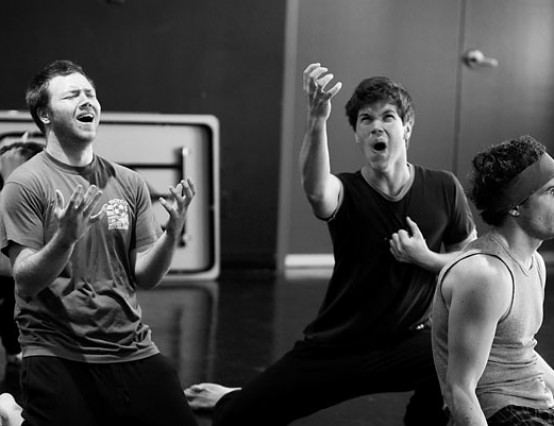
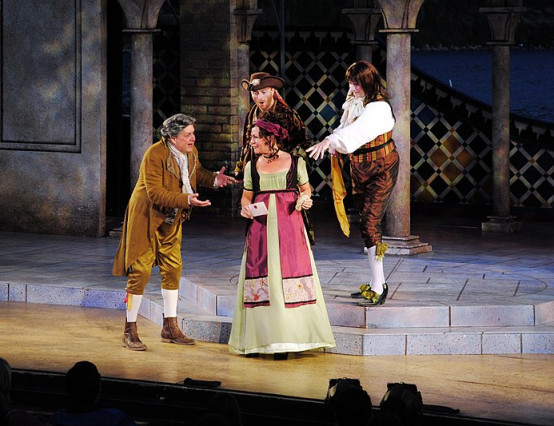
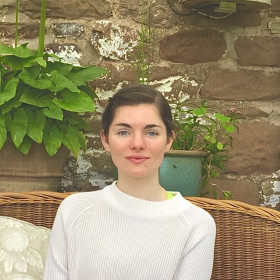



This is an interesting take on the series - I can tell you are a fan, but don't forget to take the entire representation of the regency era that we see in the series with a hearrrty pinch of salt - it is not factual, it is heavily romanticised and beautified, even the inequality you're discussing has been very sugar coated for the sake of entertainment. I think they have taken all the nostalgia and 'pride-and-prejudice' type fantasy relating to the era, added a fair few PG sex scenes and incorporated just enough discussion of feminism to make it feel politically relevant. I don't mean to throw shade on the series because I also enjoyed it immensely - I just think its important to remember that hearty pinch of salt when watching this kind of material. But yeh - no shade, cracking series and its so great that women get a big speaking part!